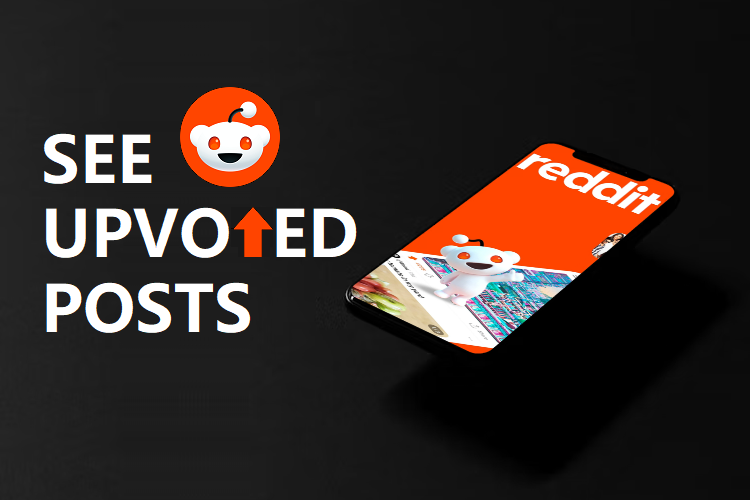Product marketing is just as important, perhaps even more so than having the best product out there. It’s often the firms and products that are marketed well that win the commercial battle, not necessarily the most well-designed ones, or those who offer the best value. So, we want to ensure that we end up on the winning side of this promotional battle. We are going to look at the best strategies to ensure that this happens.
Know Your USP
Every good product needs a Unique Selling Point (USP) as if it doesn’t, that means there is no reason for the public to decide to buy it over anything else. If you are struggling to figure out what this is, then it’s a critical exercise to take care of before you move on to anything else. Imagine you are a customer and list why you might buy your product against a rival one, and if this is too tough, then make sure you address these concerns before going to market.
Be Sure to Market to the Correct Audience
This is somewhat connected to your USP as if you know what the benefits of your product are, and you should then be able to work out who to sell them to. It’s often possible to do this through simple common sense, but also it can be a great idea to conduct some market research to test your theories.
You may find that certain groups are more or less interested and you can decide where to market according to that data. A good example would be where you have a product that appeals to a youthful market, and you may want to try and get an endorsement from Social Media Influencers.
Protect Your Intellectual Property
If you have a product or idea that is unique, then it’s essential to get some legal protection for your IP (Intellectual Property). There are some different types of IP; patents are for inventions and products; copyright is for creative works such as songs, films, or written works, and trademarks are for naming rights, slogans, etc. You get some trademark rights immediately, as if you can prove something is your trademark. It doesn’t necessarily need to be legally stamped, although this makes things easier.
Have a Budget Worked Out In Advance
Any marketing campaign needs to be budgeted according to how much profit it is likely to return. It’s important to consider this in advance as a budget that spirals out of control can destroy any good work that a good campaign has done.
Use the data we have worked out already concerning our key target demographics and concentrate any paid promo work towards these groups. Otherwise, critical revenue will be wasted on reaching customers with far too low a return meaning more money being spent subsequently to reach the correct audiences.
Identify Key Features to Emphasize
We would now be at the stage of working out key features to emphasize in our marketing campaign. There are varying ways to do this, it could be a physical feature of a product you are selling if you are manufacturing razor blades you could have a physical feature, such as the sharpest on the market, or sharpest when compared to the brand leader.
You can also emphasize something like the quality of performance, such as the closest shave, which isn’t the same as sharpest as you are not claiming sharper gives a closer, these types of claims are more subjective and easier to use with confidence.
Rather than pointing out a generic feature that is the same but better than a competitor, you may wish to showcase a unique feature (which could be able to be patented) such as a shaving foam delivery system, using unique technology you invented?
When, Where & for How Long?
The final part of coming up with an effective marketing strategy is to get the logistics of it all put together. When do you implement best strategies to market your product? It should undoubtedly be before launch, but not too far in advance that the potential customers will forget about it or go elsewhere. Where is of vital importance, this harks back to getting your target audience correct, so is it Facebook ads (suitable for dispersed audiences), leafletting (good for geographically specific products), or radio & TV (good for large scale launches). Then it’s just for how long? Some products need constant promoting and others only once, and it’s very campaign specific.




